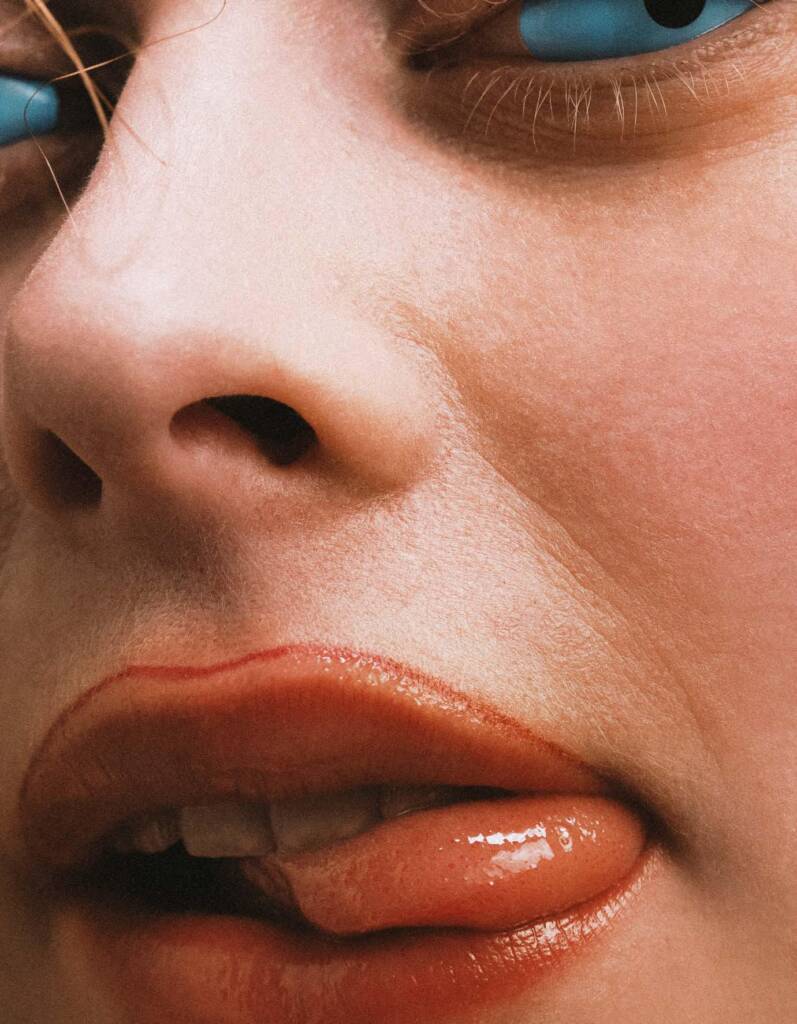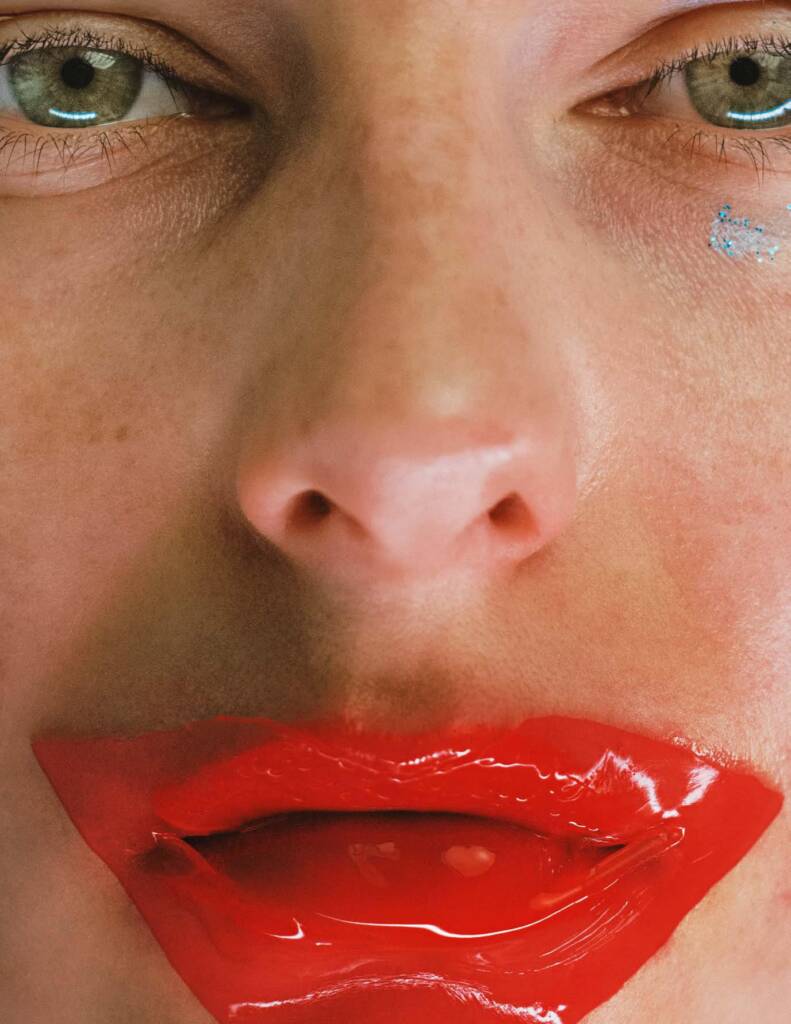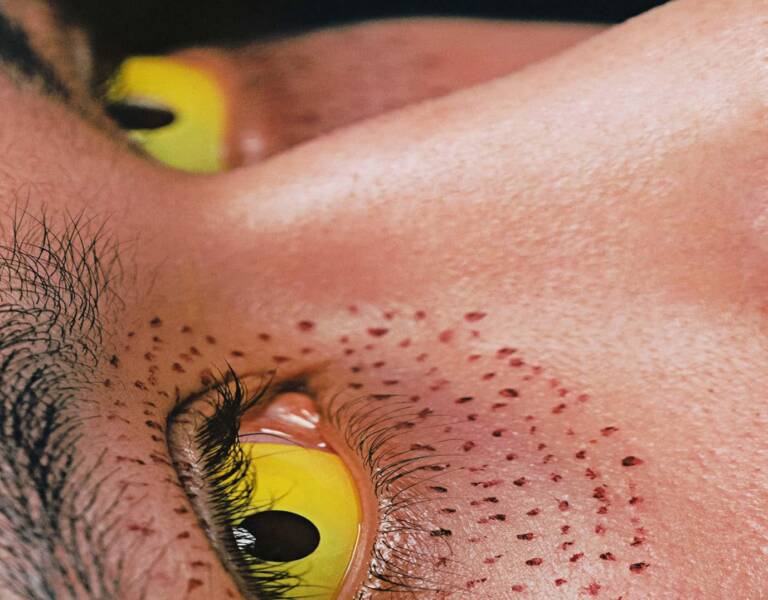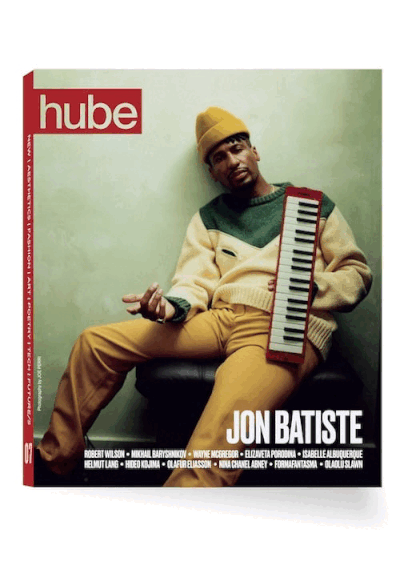Few artists have collaborated with as many of the 20th century’s great designers as Inge Grognard. Rising to prominence alongside the Antwerp Six, Grognard’s work as a makeup artist is rooted in subtlety, transforming the face into something altogether new. She has expressed a singular voice, bringing a dark romanticism to the forefront and shaping each look according to the person before her. From the bold irreverence of her early years to the nuanced care she brings to each collaboration today, Grognard balances the designer’s vision with her own, translating ideas through the quiet force of her hands.
In this interview, Grognard speaks with hube about the Antwerp years, the evolution of her own codes, and what it means to keep pushing for hope in an age of algorithmic beauty.
h: Your career began with the Antwerp Six and Martin Margiela. What was the energy in those rooms, and how did it teach you to see beauty differently?
IG: It started very slowly. I knew Martin even before the Royal Academy of Fine Arts in Antwerp, and then, as everyone at the academy began making collections and doing photo shoots, I got involved. At the time, we didn’t question ourselves, it just happened naturally. Only years later did it become clear that what we were creating was different. In the beginning, you just try things, make mistakes, and eventually realize, “Okay, this isn’t what anyone else is doing.” There was no press, nobody writing about us, so we had the space to develop our own codes. The one thing that was clear from the start was that we didn’t want to repeat what was already done. We wanted to make a difference: in fashion, in hair, in makeup. That was especially true with Walter, and of course with Martin too. Many people didn’t understand us at first, but we went through all of that together.
h: What first drew you to makeup, not just as a tool for enhancement, but as a kind of artistic language?
IG: I was always interested in fashion, even when I was really young. I met Martin, who was also passionate about fashion, and knew I wanted to be a part of the industry too. I wanted to be the best in what I chose to do, but I knew I wasn’t good at making collections every six months; I didn’t have the patience for that. Maybe because I was always experimenting on myself, I chose makeup.
h: You’ve worked closely with Demna since his earliest experiments. What did you recognize in his vision that resonated with your own? And how has that creative intimacy evolved over time?
IG: Most of the people I work with, I’ve known for a long time. When Demna started his collection, he called me and asked if I was interested in doing the makeup for the lookbook, and I believed in him, liked him as a person. I came to Paris with my bag, I saw the clothes, and I was honest about them. I said, “I recognize pieces, but you did something else with them.” He made clothes in a way that made me want to buy fashion again. From there, it grew, and he took me with him to Balenciaga. We work easily together, and don’t need many words since our aesthetics mix well—mine from Belgium, quite dark, his from Georgia with Antwerp influence.



